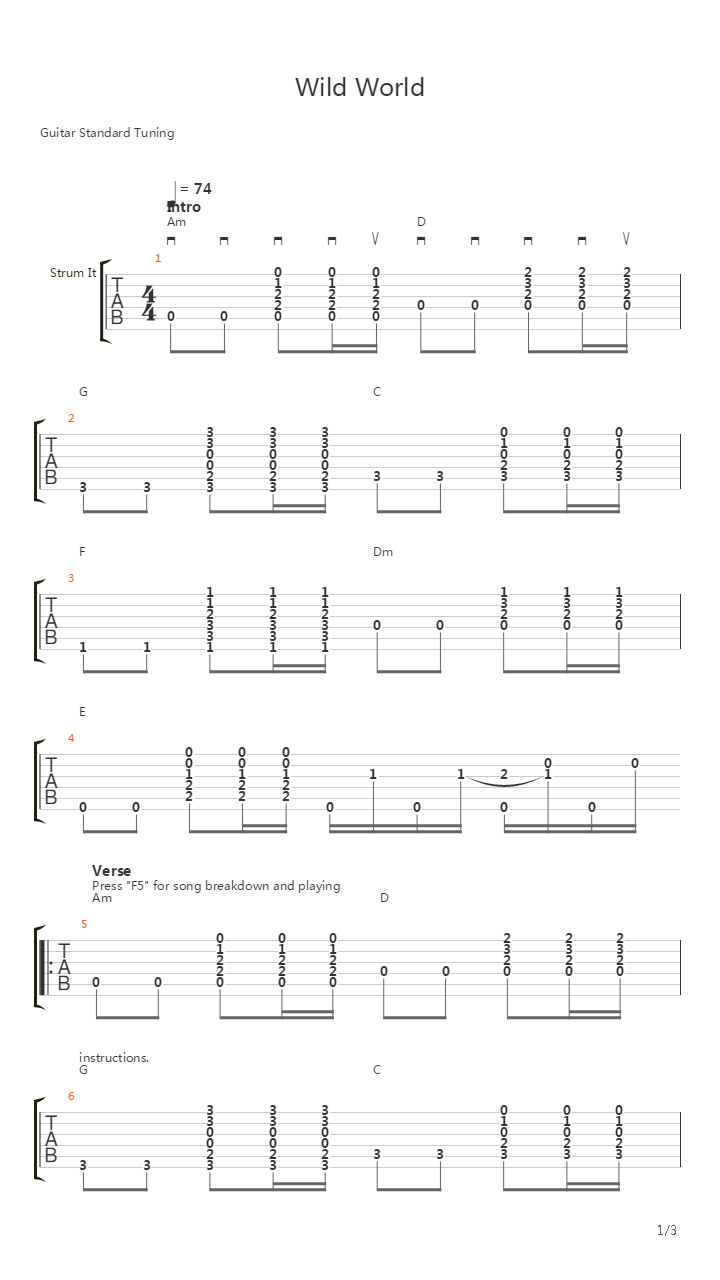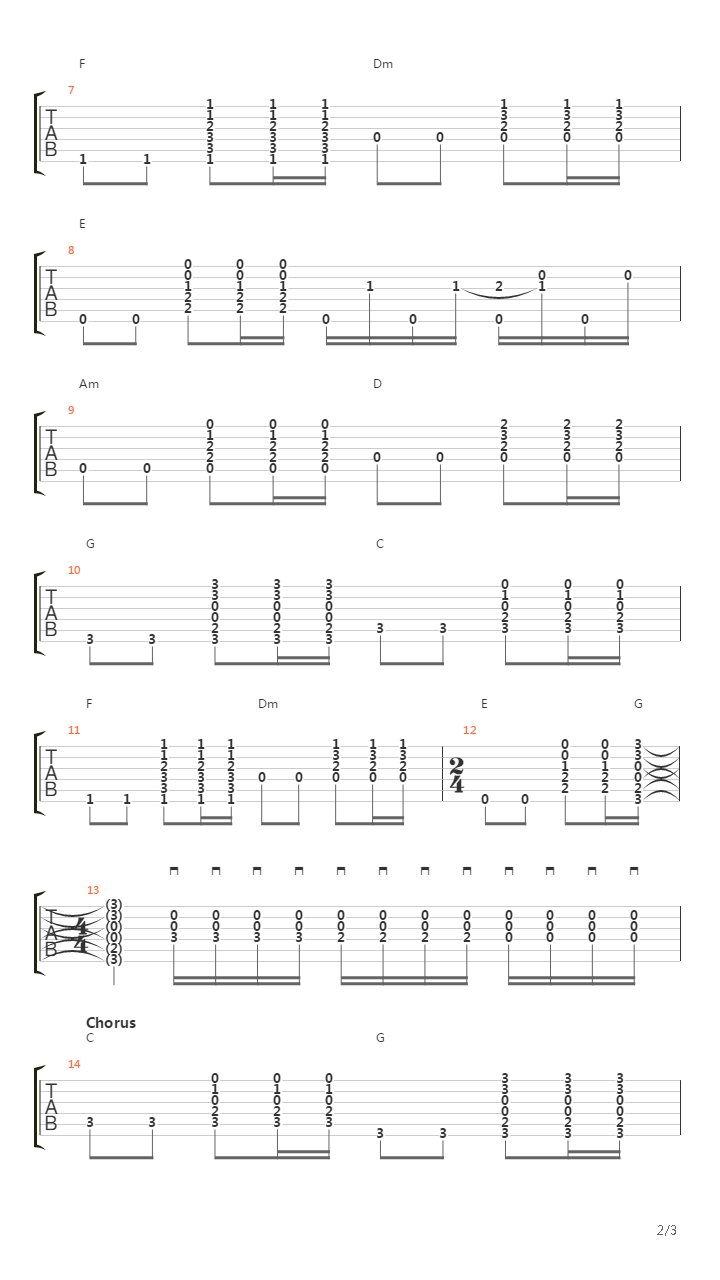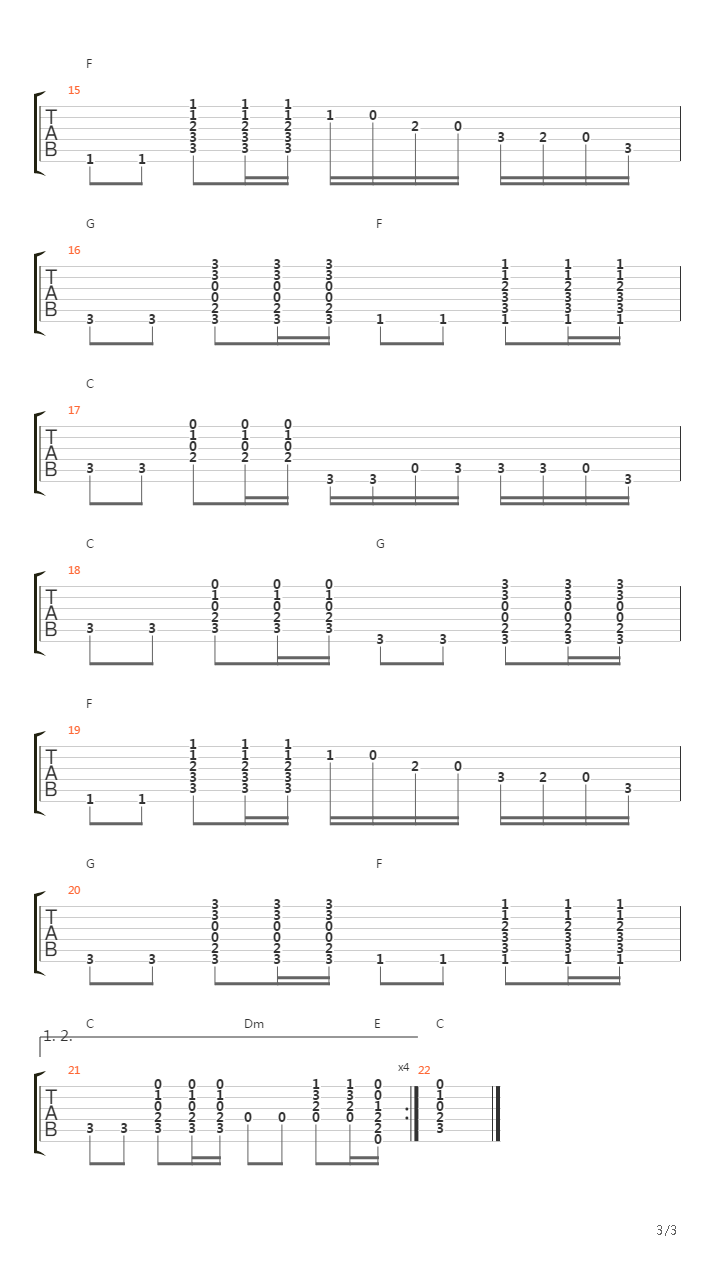附注:
GUITAR ONE Magazine: November 2000
"It was the aftershock of the '60s: Half the world
seemed driven to the darkness of Black Sabbath's
heavy metal and the relentless party-rock of Grand
Funk Railroad; the other half sought refuge in the
self-examing acoustic lullabies of Joni Mitchell and the
world-weary countrified wisdom of James Taylor. It
was the relentless rockers versus the
singer-songwriters, and Cat Stevens (born Steven
Demetre Georgiou in London on July 21, 1947)
certainly led the charge on behalf of the sensitive
acoustic balladeers.
Tea For The Tillerman was released in February
1971, and its colorful collection of songs favored
arrangements that limned Stevens' gravelly baritone
and percussive strumming technique with surpirsing
bursts of rock drumming, wisps of weirdly processed
background vocals, occasional ensemble string
orchestrations, and an array of tasteful acoustic
instruments. "Wild World" was the epitome of the
album--and arguably Stevens' career--and captured
the conflicting emotions of a time when countless
relations were torn asunder as people left familar
environs to "start something new."
THE STRUM AND VERSE FILLS
"Wild World remains a wildly popular song because
of its universal and timelss appeal, and it makes a
great strummer. The chords (Am, D, G, C, F, Dm and
E) are the fundamental "must-know" chords of
acoustic guitar, and the tempo (74bpm) is slow and
comfortable for most players.
To put some extra spin on "Wild World," let's sort out
its details. First and foremost, the strum: Arm yourself
with a light-gauge pick and take a pass at Fig. 1.
Begin with two eighth notes on the lowest root note
(the note that shares the chord name), and then strum
all the appropriate strings with the
eighths-and-two-16ths pattern. Since the verse chords
change once every two beats, this pattern will repeat
for each chord, and Fig. 1 will cover two chords worth
of strumming.
The first break in this pattern occurs on the E chord
in the fourth measure of the intro. Here, Cat begins
with two beats from the pattern of the previous
measures, but then adds a cool two-beat fill [Fig. 2]. It
occurs again in the fourth measure of the verse.
Those 16th notes may look pretty thorny, but they
folllow the natural direction of the right-hand strumming
rhythm (you are using a continuous down-up motion,
aren't you?) and as long as you're holding down an E
chord with your left hand, you won't go too far wrong.
Add your fourth finger for the hammer-on into the
fourth beat, then release it for the reaminder of the
beat.
Another fill occurs just before the chorus. The
Verses' strumming pattern is again employed on the E
chord, but Cat cleverly cuts it short and moves to a G
chord, adding the descending pattern of Fig. 3. To
pick up the energy from the verse, hit this figure with
continuous downstrokes. If you begin each stroke
from the fourth string (D), the desceding notes (F-E-D)
will dominate the sound. One could harldy imagine a
stronger transition from the dark A minor key center of
the verse to the brighter C major key center of the
chorus.
THE CHORUS FILLS
Two fills stand out in the songs' chorus. The first is a
simple, descening C major scale [Fig. 4], which
answers the songs' title. This can be picked a number
of ways: strict down-up picking, contious downstrokes,
or some form of economy picking employing the least
motion from string to string. If single-string picking and
scale patterns are new to you, take the time to think
through the use of your right hand and stick with
whatever picking pattern you choose to employ.
The second fill is a bass line following the lyrics "Its'
hard to get by just upon a smile" [Fig. 5]. Try fingering
this phrase with the third finger of your fret hand while
holding down the remainder of the C chord with your
first and second fingers. Again, picking direction is an
open issue, so experiment and stick with your choice.
Cat Stevens formally became a Muslim and adopted
the name Yusuf Islam on December 23, 1977. After
releasing a final album in December 1978 (Back to
Earth) , Yusuf Islam left the wild world of the music
industry, entered into an arranged marriage that
eventually produced five children, auctioned off his
possessions, and founded a muslim school near
London. Remarkably, with th release of The Very Best
of Cat Stevens and remastered reissues of his Cat
Stevens albums, Yusuf Islam undertook a promotional
tour in the spring of 2000. The wild new millennium will
certainly welcome him back."


